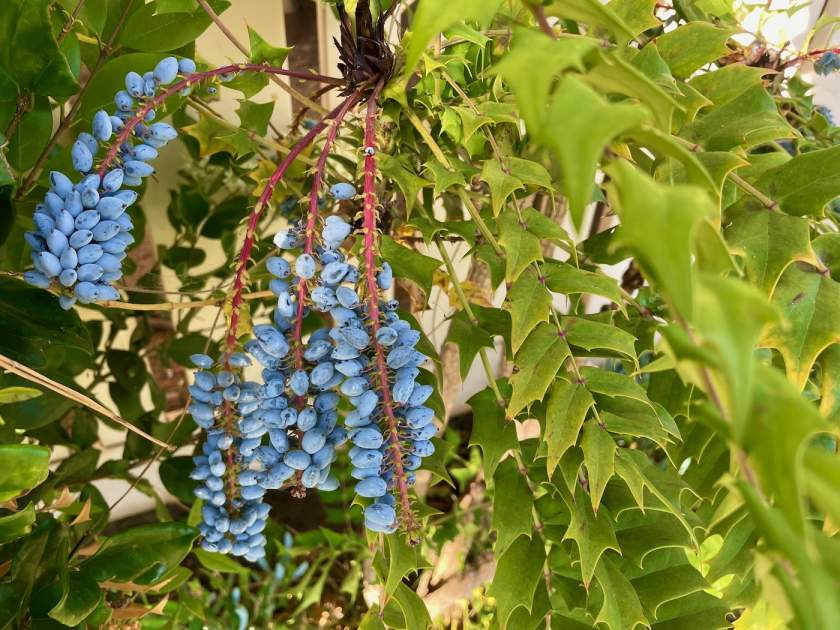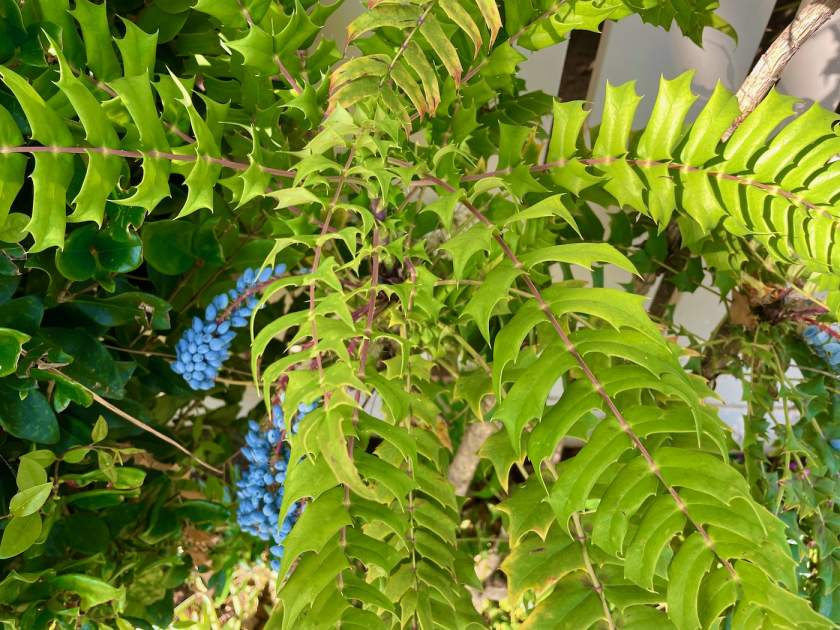Berberis japonica: Exploring the Beauty of Japanese Mahonia
Berberis japonica, commonly known as Japanese Mahonia, Japanese Ashberry, Barberry, Japonica Berberis, Mayapple, Podophyllum peltatum, or Wild Apricot. It is a captivating shrub that belongs to the Berberidaceae family. With its origins in Taiwan, this species has gained popularity for its ornamental value and adaptability to various temperate environments.
Characteristics:
Leaves and Flowers: Berberis japonica is a larger shrub, growing up to 6 feet or 2m tall. It features glossy, dark green leaves that are oblong or obovate in shape. The leaves bear a resemblance to those of Holly, adding an attractive touch to the plant. During the flowering season in March and April, Japanese mahonia produces clusters of small, fragrant yellow flowers. These flowers give way to greyish-black berries.
Cultivation of Berberis japonica:
Sunlight: Berberis japonica thrives in full sun to partial shade conditions. While it can tolerate some shade, optimal flower production occurs in locations with ample sunlight.
Watering: This shrub has medium water needs. It prefers well-drained soils that retain moisture without becoming waterlogged. Regular watering is recommended, especially during dry periods.
Soil: Berberis japonica grows well in a variety of soil types, including poor sandy soils and rich, heavy soils. However, it thrives in deep, well-drained, and moisture-retentive soils. Amending the soil with organic matter can improve its overall quality.
Pest and Disease Management: Berberis japonica is generally resistant to pests and diseases. However, occasional issues with powdery mildew, rust, or leaf spot can arise if the plant experiences excessive moisture or poor air circulation. Providing adequate spacing between plants and ensuring proper ventilation can help prevent these problems. If necessary, treat the plant with appropriate fungicides according to label instructions.
Propagation:
Propagation of Berberis japonica can be done through various methods, including seeds, cuttings, or division. Seeds can be sown in well-prepared soil, while cuttings can be taken from healthy plants and rooted in a suitable growing medium. Division of mature plants in early spring is another effective propagation technique.
Berberis japonica, with its captivating leaves, fragrant flowers, and vibrant berries, is a valuable addition to any garden or landscape. Its versatility, low maintenance requirements, and tolerance to various soil conditions make it a popular choice among gardeners and landscapers. Whether used for its visual appeal or its ability to attract wildlife, Japanese mahonia continues to enchant its unique charm.
Please note: While Berberis japonica is generally considered safe, it is advisable to handle the plant with care as it may have thorny branches.





